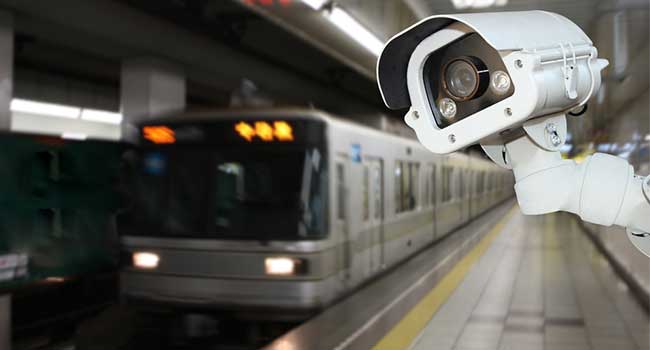
New Video Surveillance Center Helps Crime-Fighting Efforts in Washington
- By Sydny Shepard
- Feb 11, 2016
The nation’s capital can feel a little safer now when traveling about the city. A new security operations control center (SOCC) is proving extremely useful to the Metro Transit Police Department in solving crime across the public transportation system.
Inside the $3.6 million SOCC is security camera footage from the system’s busiest platforms is displayed on massive screens on the front wall. Flat-screen televisions cycle through a list of faces for whom MTPD are on the lookout for. In a higher area overlooking the floor, dispatchers and call takers log emergency complaints and text tips and feed them to the officers in the system.
The transit system has been under scrutiny because of an increased amount of brazen attacks committed by groups of teenagers. For example, six high school students were recently arrested in connection with an attack that delayed morning rush-hour trains. One of the teenagers reportedly struck a 35-year-old man while he was getting off of the train, resulting in a small brawl before the teenagers rush onto the train just before the doors close. Surveillance footage was able to help the police pinpoint the location of the teenagers and help them to verify who they were.
The control center allows transit police to act quickly when incidents occur. The Digital Video Evidence Unit has processed more than 6,200 requests for footage last year, drawing from thousands of security cameras placed inside and outside Metro’s 91 stations.
The control center’s capabilities were offered before, but not all in the same room. Whereas previously Metro’s call takers, dispatchers, detectives and video technicians were housed separately, now the groups are able to seamlessly communicate with one another. This process saves time and ultimately leads to more arrests.
About the Author
Sydny Shepard is the Executive Editor of Campus Security & Life Safety.